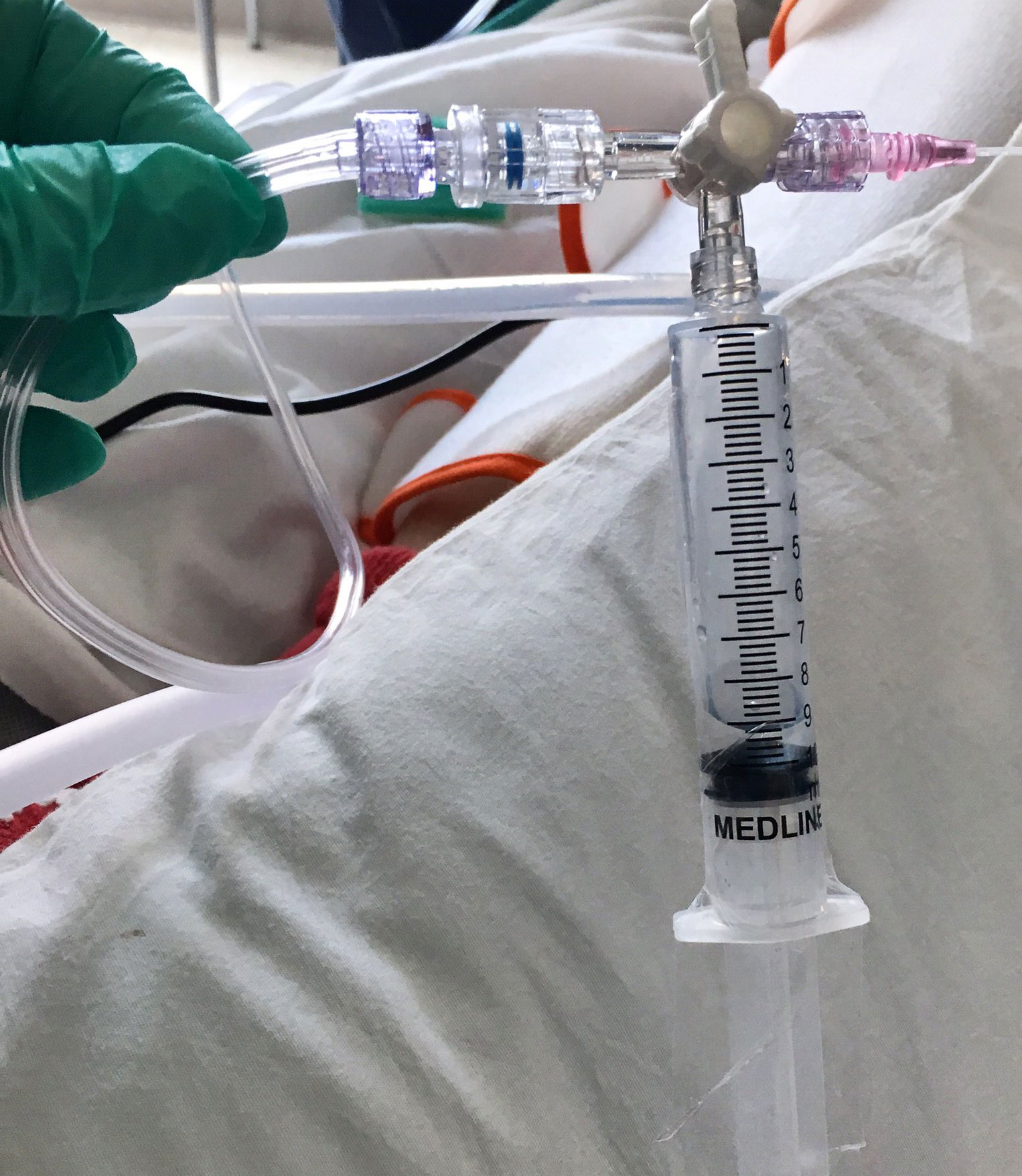
FEATURE — Do you have nerve pain or neuropathy? Chronic migraines? Pain after shingles? Or other chronic pain which have been unresponsive to injections, medications, supplements or all the above without relief? Well, there might be something more to reduce your pain: lidocaine infusions.
Chronic pain affects more Americans than diabetes, heart disease and cancer combined according to the National Institute of Health. At Desert Pain Specialists, we understand how consuming chronic pain is and the kind of burden it plays in your everyday life.
This is why we are excited to offer another pain-relieving option like lidocaine infusions.
You probably know lidocaine as the medication that is injected right under your skin to numb the area before an IV or injection, or what the dentist might use to numb up your gums before they work in your mouth.
Lidocaine is a medication that stops nerves from conducting signals or talking to each other. If you can stop those signals, then your spinal cord or brain doesn’t transmit those signals to tell your brain that you have pain – Shazam! – no pain when your doctor works on that area.
Granted, a lot more goes into nerve signaling but this is a simplified version of the body-spinal cord-brain pain pathway for numbing medication.
Well, what if you could put that medication not just under the skin or in a muscle to numb it up? What if you were to put it straight into your veins and have it circulate throughout your entire body? This is where lidocaine infusions come in.
Common neuropathic pain states that have been treated include: post-stroke pain, peripheral neuropathy, diabetic neuropathy, complex regional pain syndrome, trigeminal neuralgia, atypical facial pain, shingles pain, headache/migraine, and fibromyalgia. Much is still being learned about how lidocaine infusions work but we know it acts much like the “ctrl-alt-delete” or “reset” button on a computer within your nervous system.
It doesn’t take all your pain away, but it helps reduce the constant barrage of nerves firing which is interpreted as pain. So what does a lidocaine infusion entail?
First, talk to your health care provider if a lidocaine infusion is right for you. If you have an arrhythmia (irregular heart beat), seizures, allergy to lidocaine, or certain other health care concerns a lidocaine infusion is not for you as it could worsen these conditions.
If you and your provider feel lidocaine is a good option you can expect to check in like you normally would at the doctor’s office. A nurse will get you and start your IV as you settle into a comfy chair, where we monitor your heart rate, blood pressure, and oxygen. A physician will then meet you, discuss what to expect, along with risks, and benefits.

The infusion itself is only 30 minutes followed by 30 minutes of recovery where your vitals will continue to be monitored. Before you leave, you will be given a pain diary to log your pain level and other symptoms (like sleep, activities of daily living) over the next month.
Your healthcare provider will then want to meet you in one month to follow up. It is often found that repeat infusions improve pain control better and are recommended if any form of improvement is seen during the first infusion. Infusions can be done as close as four weeks.
Many patients ask how long they can expect to see results from a 30 minute infusion. Results vary from patient to patient but examples of pain relief normally range from 80-90 percent for the first week, 70 percent the second week, the 50 percent on the third week and a slow reduction back to baseline on week four. Others see 50 percent at four weeks with a quick decline towards the end of the fourth week and even others see relief for longer than four weeks.
In any of these cases, the results of pain relief are longer than how long the actual medication (i.e lidocaine) lasts in your system. Within hours, the lidocaine is metabolized by your body, but the pain-relieving effects are much longer lasting!
This is why we refer to lidocaine infusions as the “ctrl-alt-delete”, “resetting”, or “rebooting” of your nervous system.
Written by DR. RACHEL ALLEN, Desert Pain Specialists.
About Desert Pain Specialists
Desert Pain Specialists is Southern Utah’s premier interventional pain management team. The doctors and the entire staff at Desert Pain Specialists are dedicated to helping patients find relief from their pain.
Desert Pain Specialists is located in the new Riverfront Medical Center, 617 E. Riverside Drive, Suite 301 in St. George. The team has additional offices at 1760 N. Main St. in Cedar City and 340 Falcon Ridge Parkway, Suite 600, in Mesquite, Nevada.
• S P O N S O R E D C O N T E N T •
Resources
Desert Pain Specialists | Telephone: 435-216-7000 | Email: [email protected] | Website.
Locations:
- St. George: 617 E. Riverside Drive, Suite 301.
- Cedar City: 1760 N. Main St.
- Mesquite, Nevada: 340 Falcon Ridge Parkway, Suite 600.
Email: [email protected]
Twitter: @STGnews
Copyright St. George News, SaintGeorgeUtah.com LLC, 2019, all rights reserved.